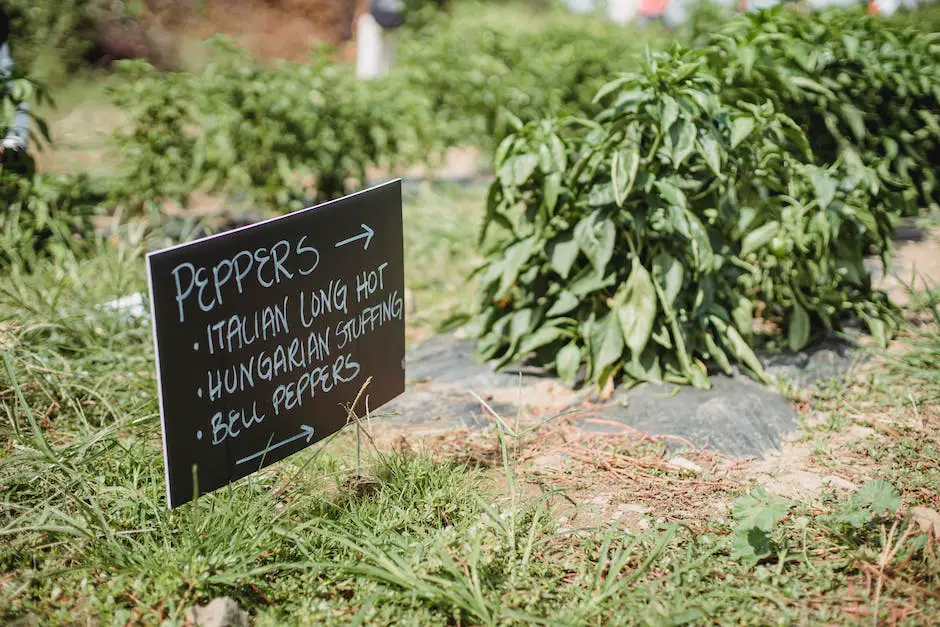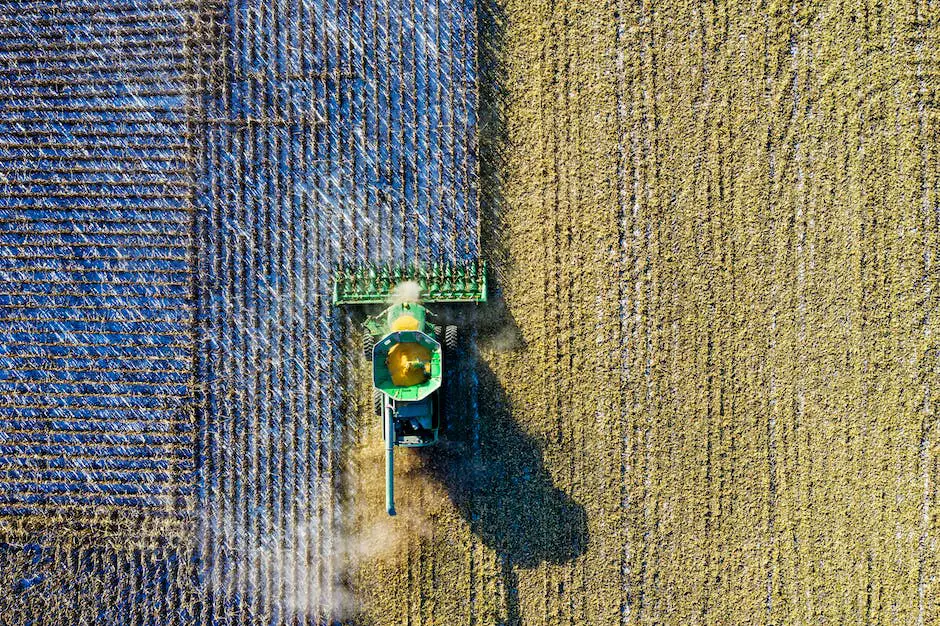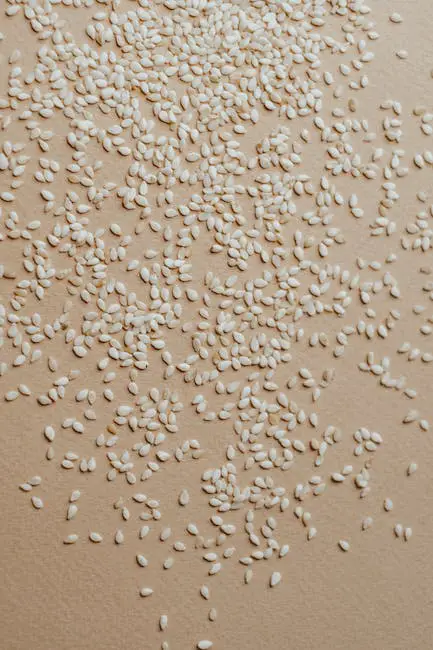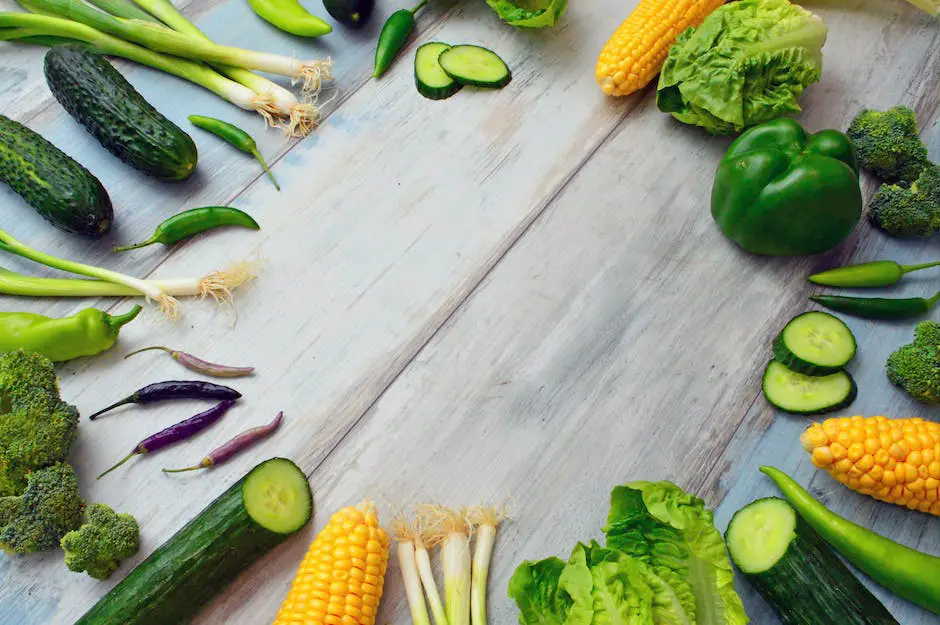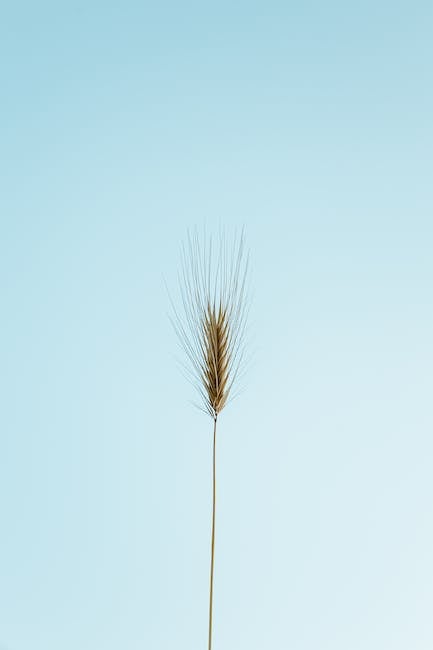-
Table of Contents
Introduction
Direct harvesting is a method of harvesting crops where the entire plant is removed from the field and taken to a processing facility for further processing. This method is commonly used for crops such as wheat, corn, and soybeans. Direct harvesting is different from other harvesting methods, such as selective harvesting, where only the ripe fruits or vegetables are harvested, leaving the rest of the plant in the field. Direct harvesting is a more efficient method of harvesting, as it allows for a larger quantity of crops to be harvested at once.
Advantages of Direct Harvesting in Agriculture
Direct harvesting is a method of crop harvesting that involves the removal of mature crops from the field without any prior processing or storage. This method is becoming increasingly popular in agriculture due to its numerous advantages over traditional harvesting methods.
One of the main advantages of direct harvesting is that it reduces the time and labor required for harvesting. With traditional harvesting methods, crops are typically harvested and then transported to a storage facility where they are processed and stored. This process can take several days or even weeks, depending on the size of the crop and the storage capacity of the facility. Direct harvesting eliminates the need for this intermediate step, allowing farmers to harvest their crops quickly and efficiently.
Another advantage of direct harvesting is that it reduces the risk of crop damage and spoilage. When crops are harvested and transported to a storage facility, they are often subjected to a variety of environmental factors that can damage or spoil them. For example, crops may be exposed to high temperatures, humidity, or pests during transport and storage. Direct harvesting eliminates these risks by allowing crops to be harvested and removed from the field immediately, reducing the amount of time they are exposed to these environmental factors.
Direct harvesting also has environmental benefits. By reducing the time and labor required for harvesting, it reduces the amount of fuel and other resources needed for transportation and processing. This, in turn, reduces the carbon footprint of the agricultural industry and helps to mitigate the effects of climate change.
In addition to these benefits, direct harvesting can also improve the quality of the harvested crops. When crops are harvested and transported to a storage facility, they may be subjected to a variety of stresses that can affect their quality. For example, crops may be bruised or damaged during transport, or they may be exposed to high temperatures or humidity that can cause them to spoil. Direct harvesting eliminates these stresses, allowing crops to be harvested and removed from the field quickly and efficiently, which can help to preserve their quality.
Finally, direct harvesting can also improve the profitability of the agricultural industry. By reducing the time and labor required for harvesting, it can help farmers to reduce their costs and increase their profits. This, in turn, can help to support the growth and development of the agricultural industry, which is essential for ensuring food security and economic stability.
In conclusion, direct harvesting is a method of crop harvesting that offers numerous advantages over traditional harvesting methods. It reduces the time and labor required for harvesting, reduces the risk of crop damage and spoilage, has environmental benefits, improves the quality of harvested crops, and can improve the profitability of the agricultural industry. As such, it is becoming an increasingly popular method of crop harvesting in agriculture, and is likely to continue to grow in popularity in the years to come.
Techniques for Effective Direct Harvesting of Crops
Direct harvesting is a technique used in agriculture to gather crops directly from the field without the need for additional processing or storage. This method is becoming increasingly popular among farmers due to its efficiency and cost-effectiveness. Direct harvesting can be used for a variety of crops, including grains, fruits, and vegetables. In this article, we will discuss the techniques for effective direct harvesting of crops.
One of the most important factors in direct harvesting is timing. Farmers must carefully monitor their crops to determine the optimal time for harvesting. This can vary depending on the type of crop and the climate in which it is grown. For example, some crops may need to be harvested before they are fully ripe to prevent spoilage, while others may need to be left on the vine for a longer period to ensure maximum flavor and nutrition.
Another important factor in direct harvesting is equipment. Farmers must have the right tools and machinery to efficiently gather their crops. This can include specialized harvesters, such as combine harvesters for grains or fruit pickers for fruits and vegetables. It is also important to ensure that the equipment is properly maintained and in good working order to prevent breakdowns and delays.
In addition to timing and equipment, farmers must also consider the layout of their fields. Direct harvesting is most effective when crops are planted in straight rows with ample space between them. This allows for easy access for harvesting equipment and reduces the risk of damage to the crops during the harvesting process.
One technique that can be used to improve the efficiency of direct harvesting is pre-harvesting. This involves removing any weeds or other unwanted plants from the field before the main harvest. This not only makes it easier to access the crops but also reduces the risk of contamination and improves the overall quality of the harvest.
Another technique that can be used to improve direct harvesting is post-harvesting. This involves removing any remaining debris or unwanted materials from the harvested crops. This can be done manually or with the use of specialized equipment, such as air blowers or vibrating screens. This helps to ensure that the harvested crops are clean and free from any contaminants.
Finally, it is important for farmers to properly store and transport their harvested crops. This can include using specialized containers, such as bins or crates, to protect the crops during transport. It is also important to store the crops in a cool, dry place to prevent spoilage and maintain their quality.
In conclusion, direct harvesting is a highly effective technique for gathering crops directly from the field. To ensure the best results, farmers must carefully monitor their crops, use the right equipment, and consider the layout of their fields. Pre-harvesting and post-harvesting techniques can also be used to improve the efficiency and quality of the harvest. With proper planning and execution, direct harvesting can help farmers to maximize their yields and reduce their costs, making it an essential technique for modern agriculture.
Q&A
1. What is direct harvesting?
Direct harvesting is the process of collecting crops or products directly from the field or tree without any intermediate processing.
2. What are some examples of direct harvesting?
Examples of direct harvesting include picking fruits and vegetables from a farm, collecting nuts from a tree, and harvesting fish from a pond or river.
Conclusion
Direct harvesting is the process of collecting and removing a crop from the field or orchard in a single operation. It involves cutting, picking, or pulling the crop and transporting it to a storage or processing facility. Direct harvesting is commonly used for crops such as fruits, vegetables, and grains. It is an efficient method of harvesting that reduces labor costs and minimizes damage to the crop. In conclusion, direct harvesting is an important agricultural practice that helps to ensure a successful harvest and a reliable food supply.

